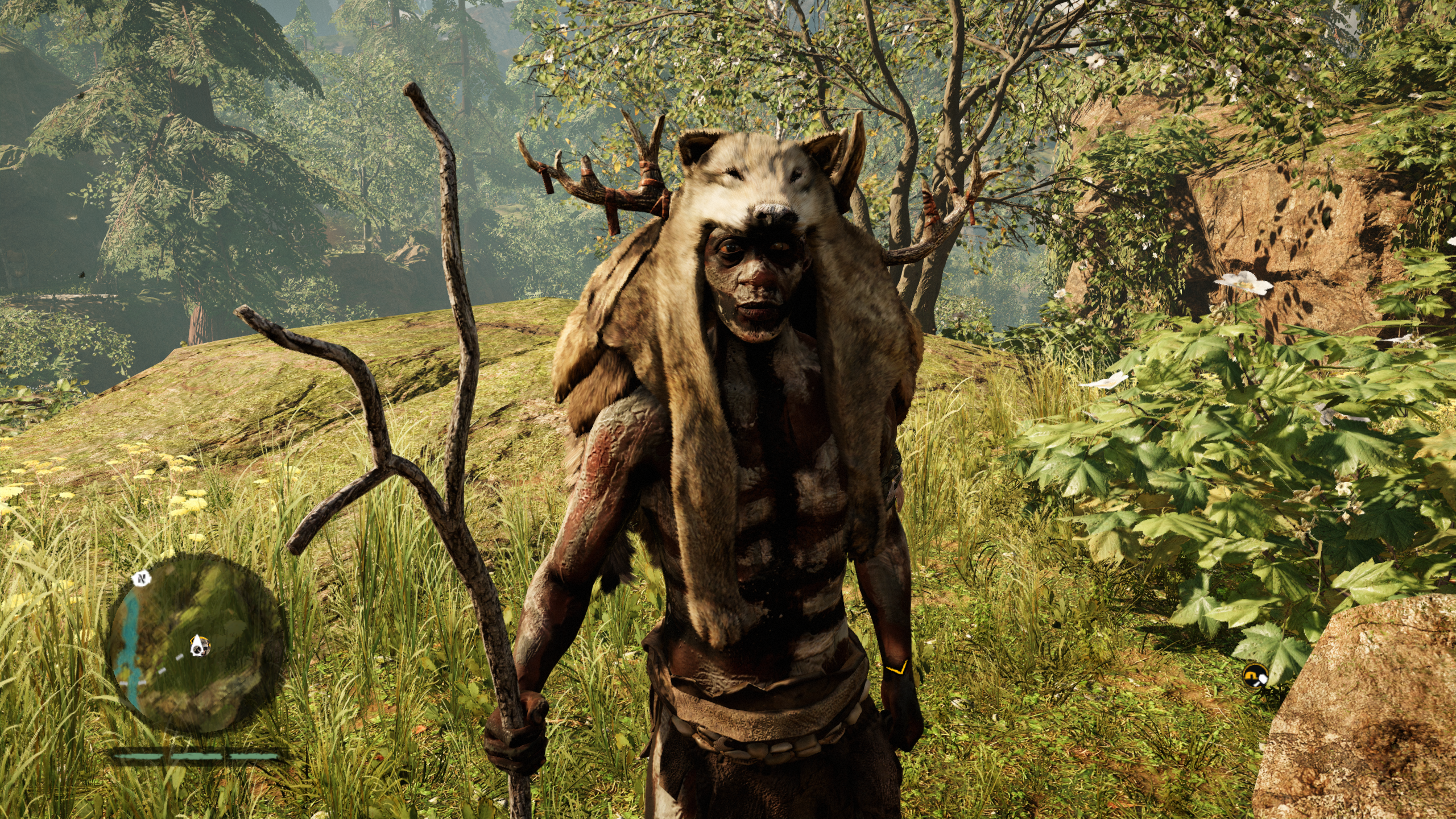Our Verdict
A very decent Far Cry game, but its handful of genuinely fun, original ideas are overshadowed by an overriding feeling of familiarity.
PC Gamer's got your back
Walking through a moonlit forest, I see a glowing orange light in the distance. Curious, I head towards it. But then I notice that it’s heading towards me. It’s a bear, and it’s on fire. I leap out of the way and the beast thunders past, roaring in pain. It disappears into the undergrowth and I hear human voices approaching, echoing through the trees.
What is it? Far Cry, but in the Stone Age.
Expect to pay £40/$60
Developer Ubisoft Montreal
Publisher Ubisoft
Reviewed on GeForce GTX 970, Intel i7-950, 16GB RAM
Multiplayer None
Link www.far-cry.ubisoft.com
Hiding in the shadows out of sight, I watch a group of hunters from a rival tribe chase after the bear. I follow, hidden, until they corner it. A fight breaks out and the bear—which is still very much on fire—mauls the hunters to death. It’s one of those beautiful, absurd moments of colliding AI, and I can’t bring myself to finish the weakened bear off despite its pelt being a valuable crafting material. Far Cry Primal is a very silly videogame.
It’s also one you might have played before. Ubisoft have taken the structure, systems, and general feel of the previous two games and transplanted them into the year 10,000 BC. There are no guns, obviously, but you soon find yourself settling into a familiar routine of hunting, crafting, and missioning. Even so, it’s amazing how neatly the Far Cry formula fits into such a wildly different setting.
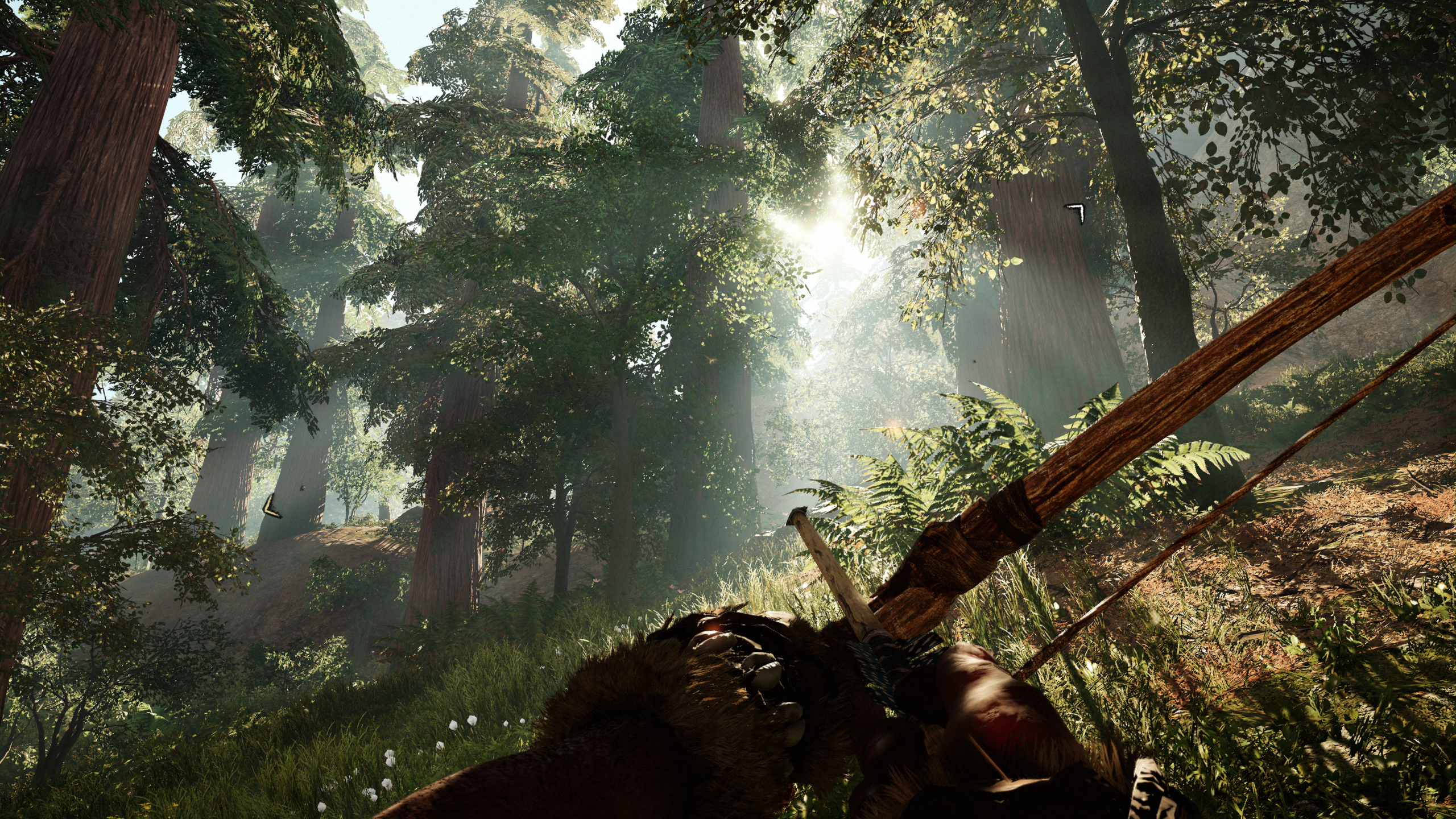
The setting is Oros, a fictional valley somewhere in primeval Europe. It’s a lush, beautiful expanse of grassy plains, redwood forests, sleepy villages, and cascading waterfalls. Hazy sunlight pours through gaps in the trees by day, and moonlight drapes the world in a pale, ghostly luminescence at night. It’s also teeming with wildlife, and feels more alive than any previous Far Cry setting.
The air is filled with the strange calls of ancient, long-extinct birds and everywhere you look there are animals including the distinctly prehistoric saber-toothed cat and wooly mammoth. In terms of world-building, atmosphere, and evoking a rich sense of place, it’s one of Ubisoft’s best open-worlds.
You play as Takkar, a hunter who's fighting to restore his scattered tribe, the Wenja, to its former glory. Ubisoft worked with linguists to create a convincing prehistoric language, and as such the entire thing is subtitled. One notable departure from previous games is the lack of a central villain, and with no Pagan Min or Vaas Montenegro to drive the story forward, it feels a little thin.
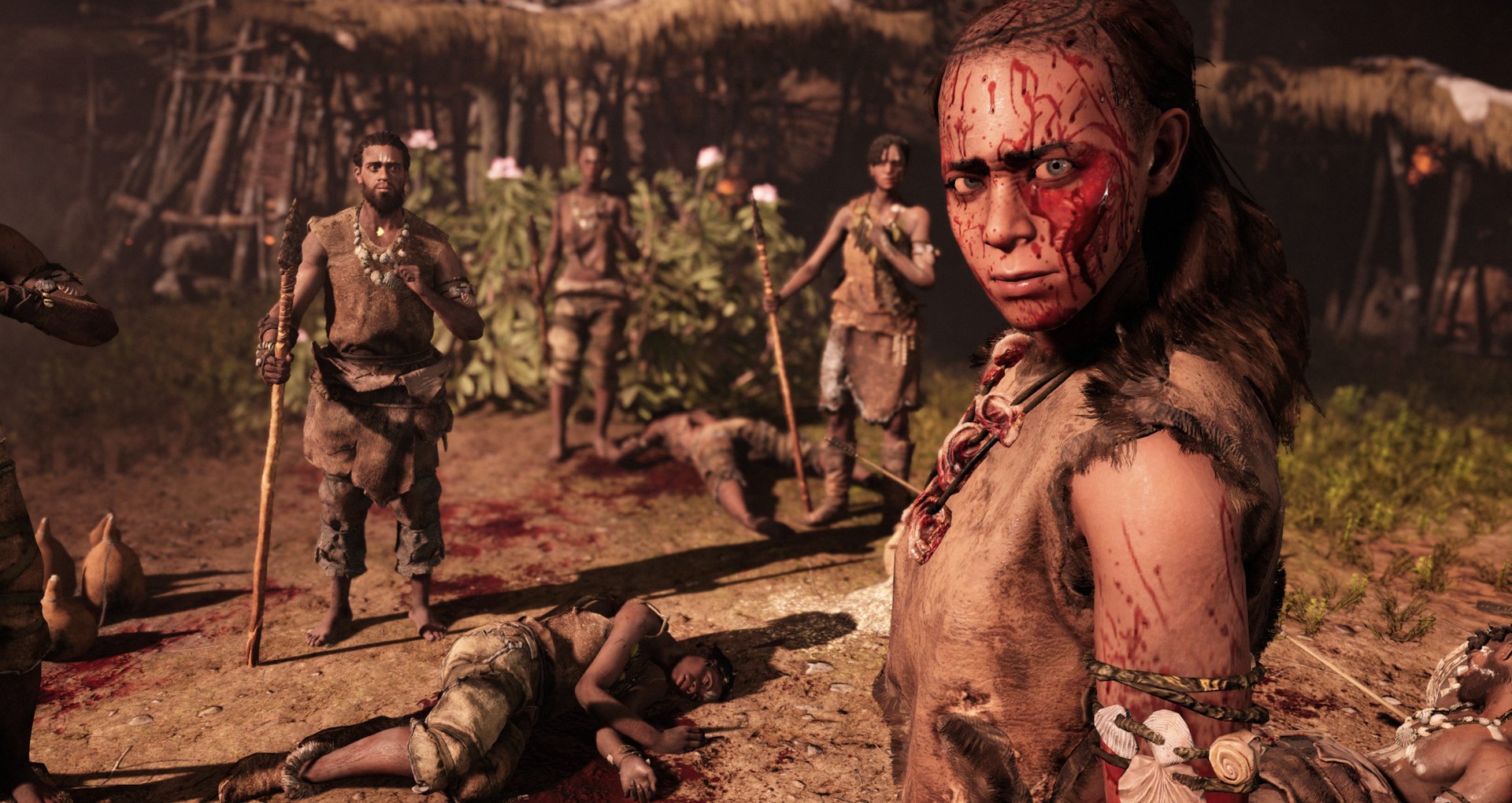
Performance With a GTX 970, 16GB of RAM, and an i5 CPU clocked at 3.40GHz I got a steady 60FPS at 1440p on max settings, with the occasional dip to 40-50 when things got really busy. A big improvement over Far Cry 4.
Settings Textures, shadows, geometry, terrain, and water are all adjustable, and you can choose between FXAA or SMAA anti-aliasing. Motion blur and post FX can be disabled if your FPS is low.
Two rival tribes, the cannibalistic Udam and the fire-worshipping Izlia, are your antagonists. Your allies are a cast of oddballs including Tensay the shaman, Jayma the hunter, and Karoosh the warrior, who must be located and convinced to join the tribe.
Takkar’s particular field of expertise is taming animals. Perhaps to make up for the lack of guns, animals can fight alongside you. Toss some bait near whichever beast you want to tame and you can creep up on it while it’s distracted and magically make it your friend. Early on you’ll be limited to smaller creatures like wolves, but later you can tame (and ride) mammoths and saber-tooths. It’s an enjoyably silly idea, and one of the few ways in which Primal feels distinct from its predecessors.
Your arsenal is comprised of Stone Age favourites like clubs and spears, as well as the staple Far Cry bow and arrow. Occasionally I yearned for the deadly rattle of an assault rifle, but the new weapons, while comparatively limited, are fun to use. Tossing a spear and hearing it thud into an unfortunate cannibal’s chest has a gruesomely satisfying weight to it.
I also love their attempts to make prehistoric versions of modern weapons, like the sting bomb ‘grenade’, which is basically just a small bag filled with angry bees. Attacking an enemy camp with a mammoth by your side, a flaming club, and a pocket full of irate bees is hugely entertaining.
Instead of binoculars, you have an owl, and this is an example of a system being improved on. Rather than being stuck in one place you can fly around freely as you scout the area and tag enemies. Later, with upgrades, you can use the owl to drop bombs, attack enemies, and free angry animals from their cages. It’s such a powerful tool that I hope all future Far Cry games feature it, even if they have a modern setting.
Otherwise, it's business as usual. You brutally kill thousands of animals to craft gear and weapon upgrades; you light bonfires to reveal more of the map; you attack enemy outposts; you have trippy dream sequences; you complete story missions that steadily unlock more stuff. It’s Far Cry, basically, but in the Stone Age. But as much as I love Oros as a setting and all the animal-based tomfoolery, I can’t shake the feeling of déjà vu. If you’ve invested significant time in Far Cry 3 or 4, you’ll find your enjoyment of Primal dampened by its deep-rooted similarity to those games.
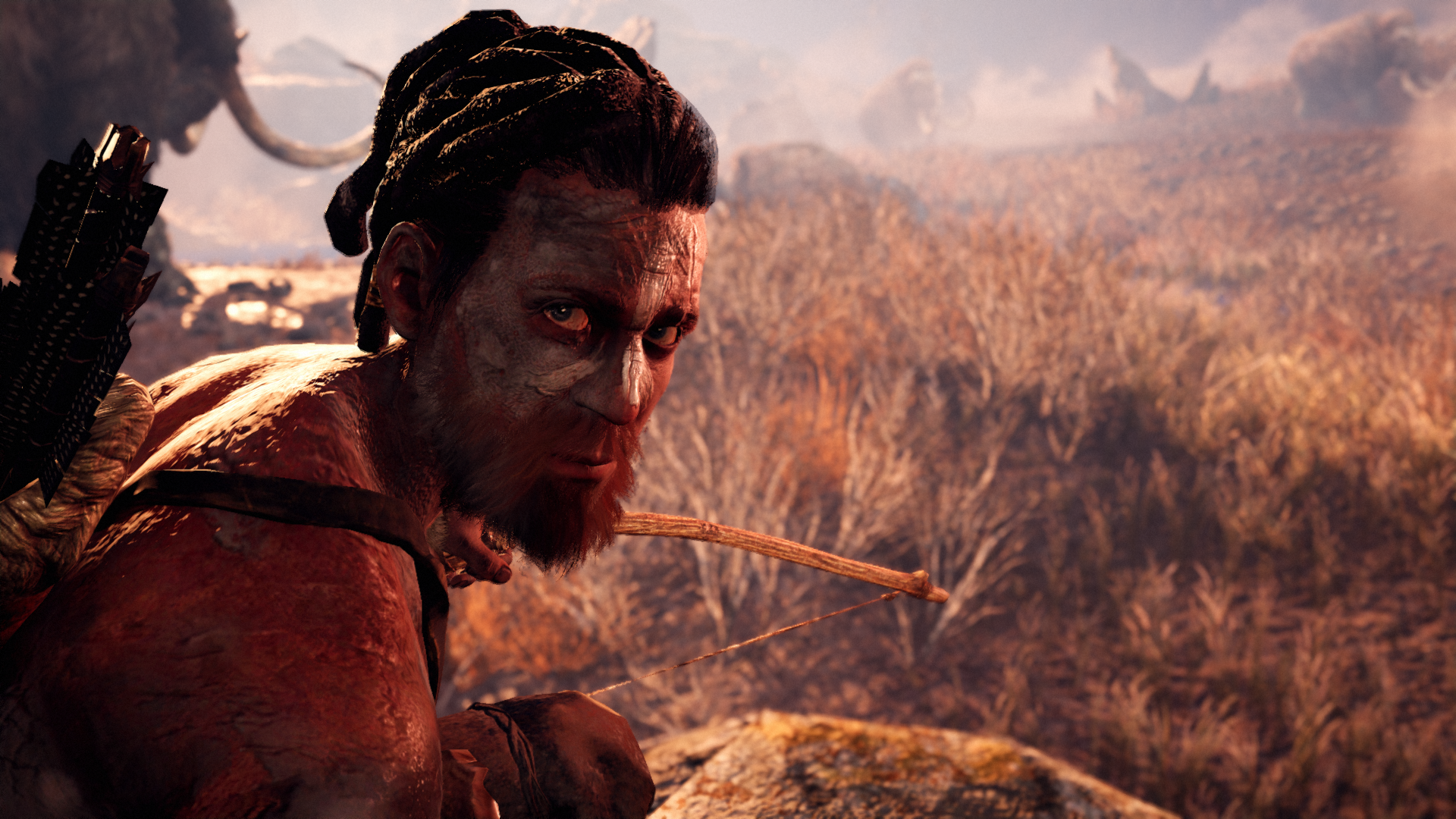
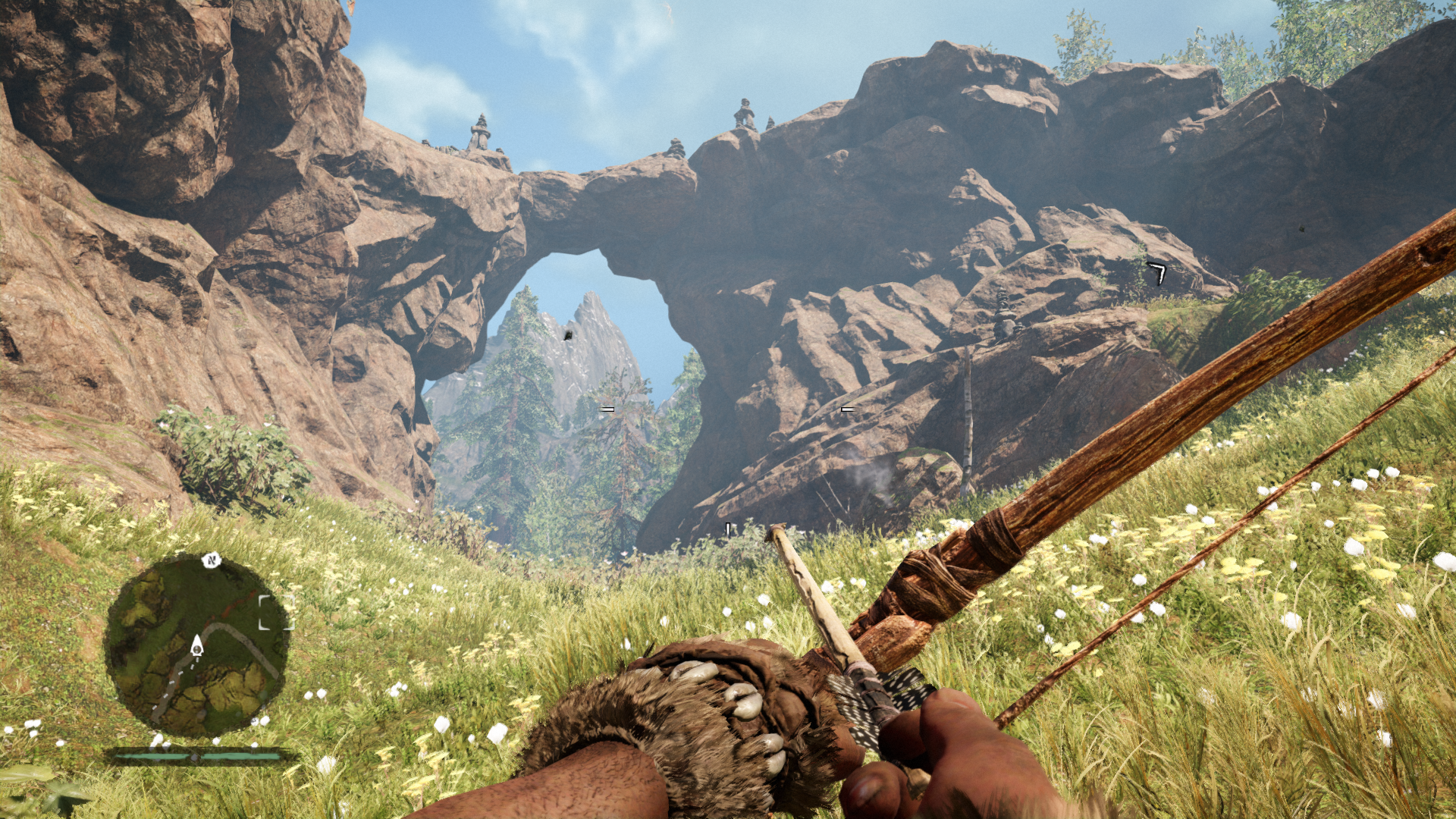
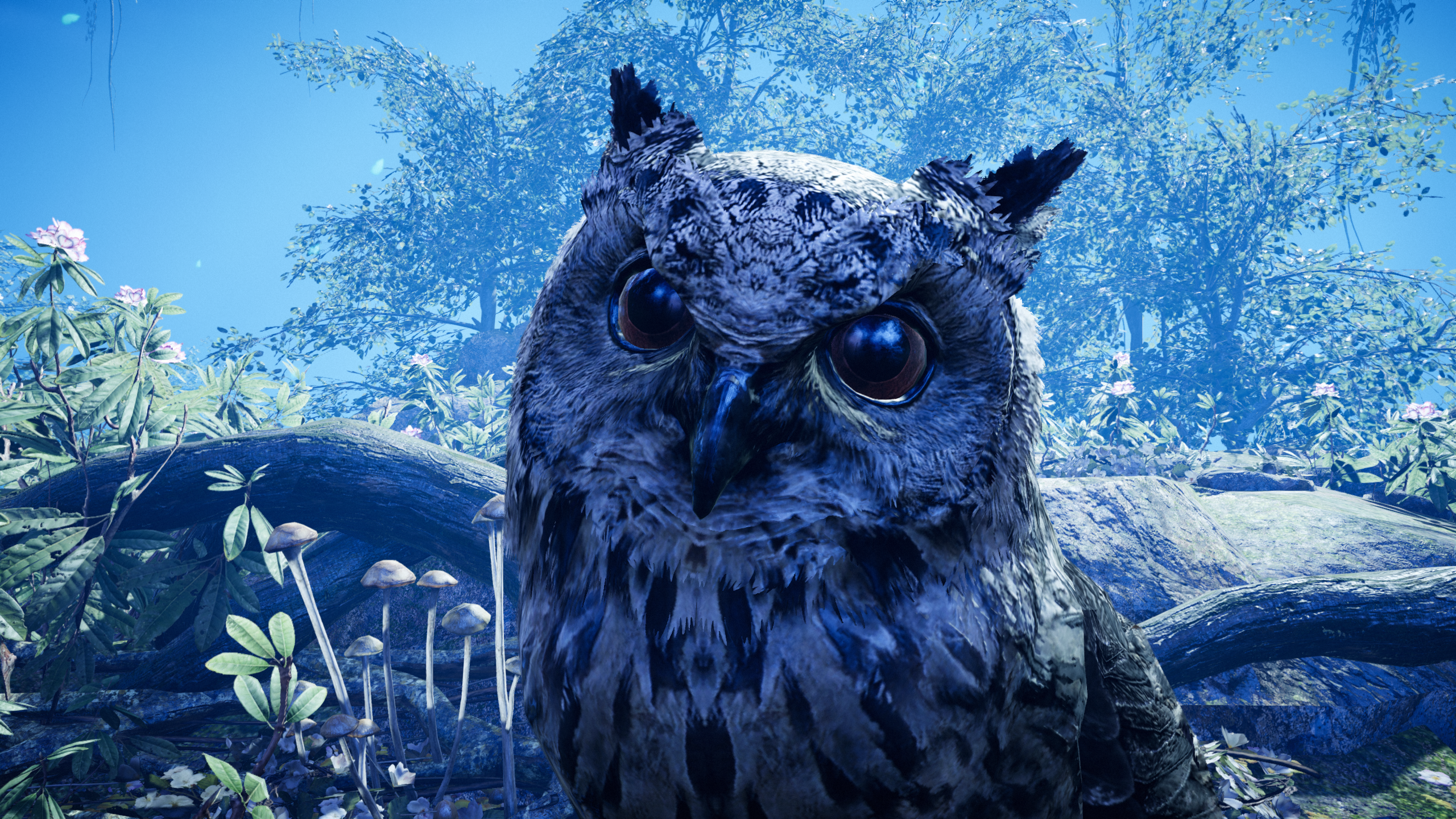
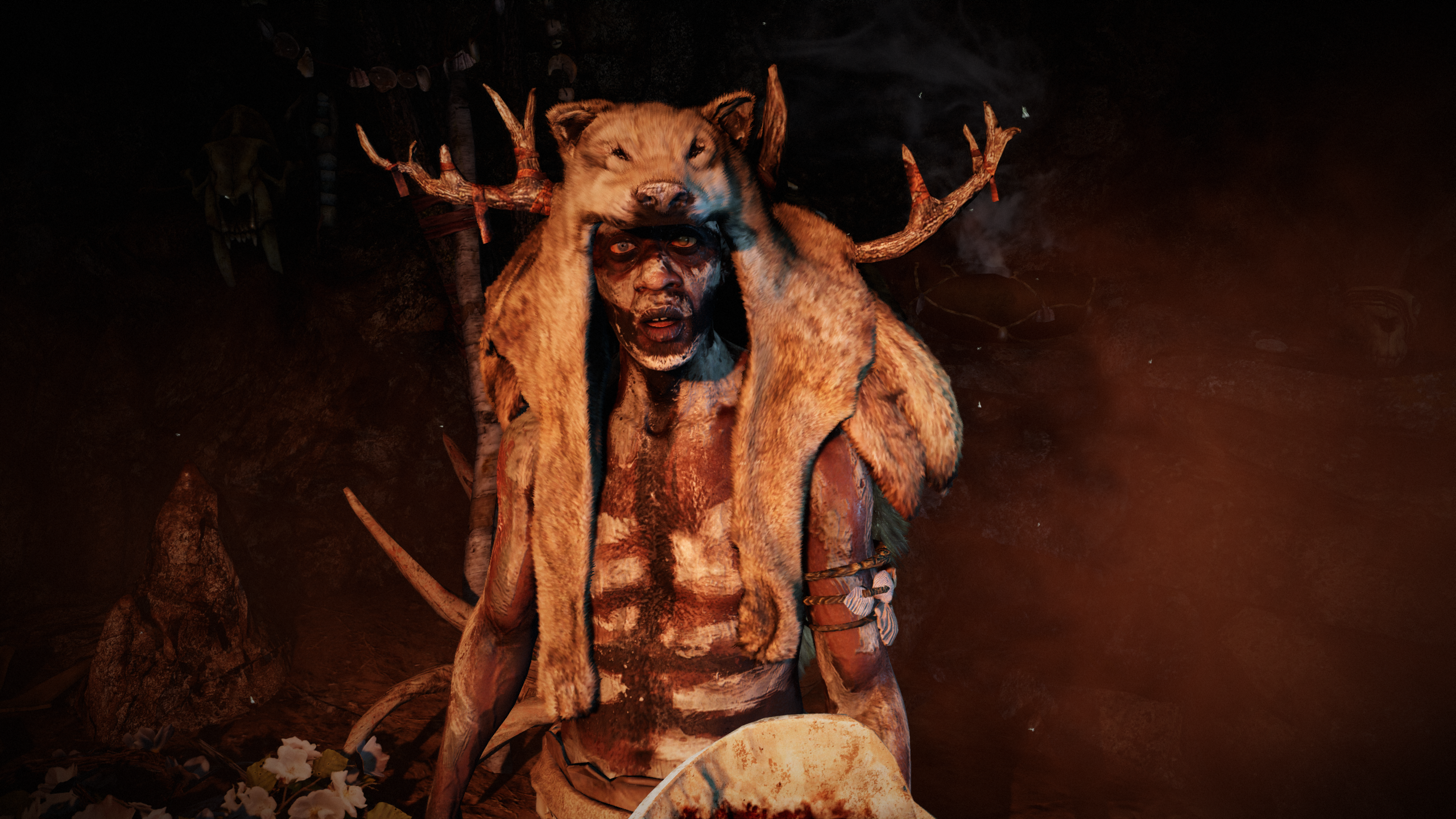
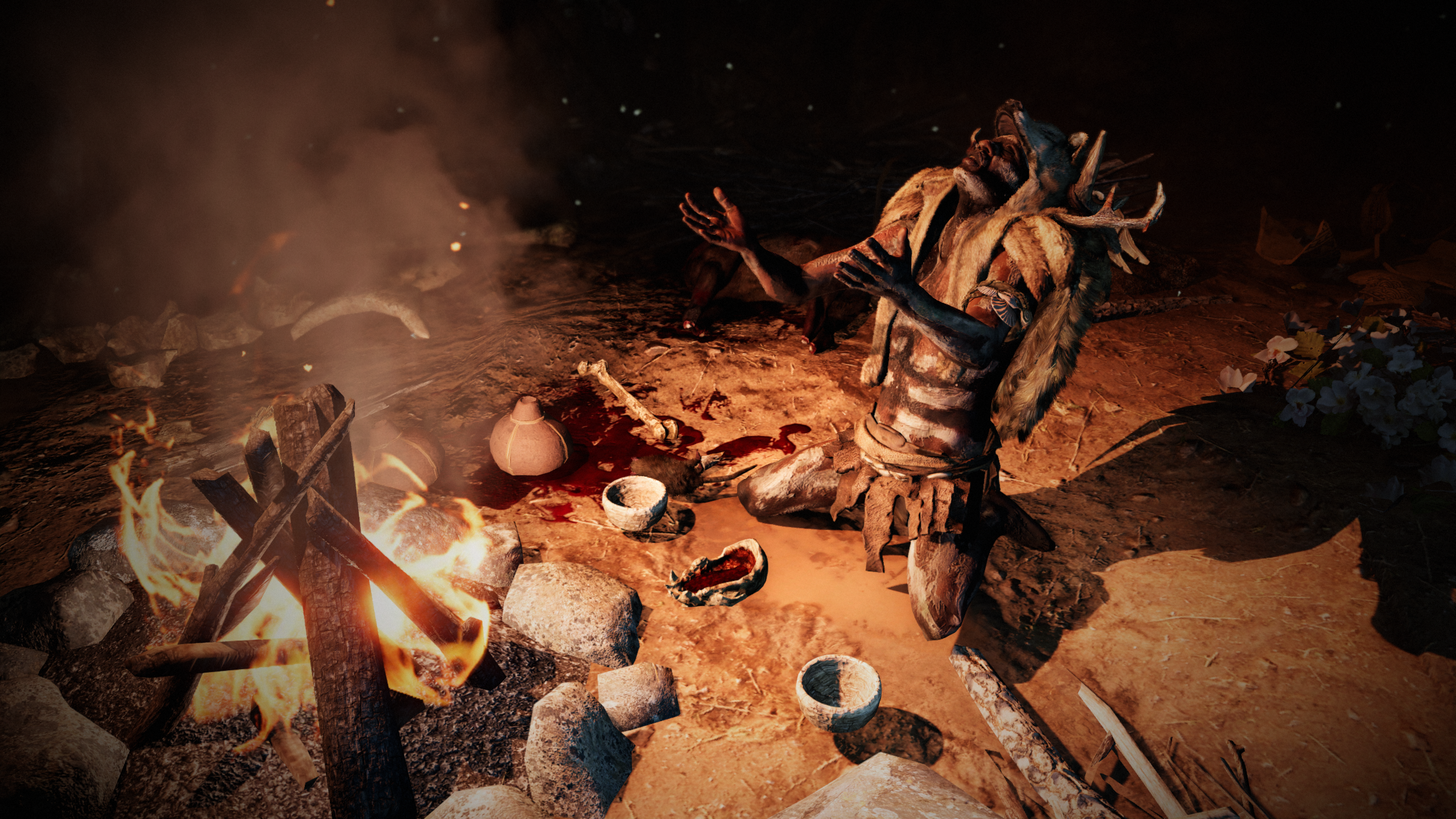
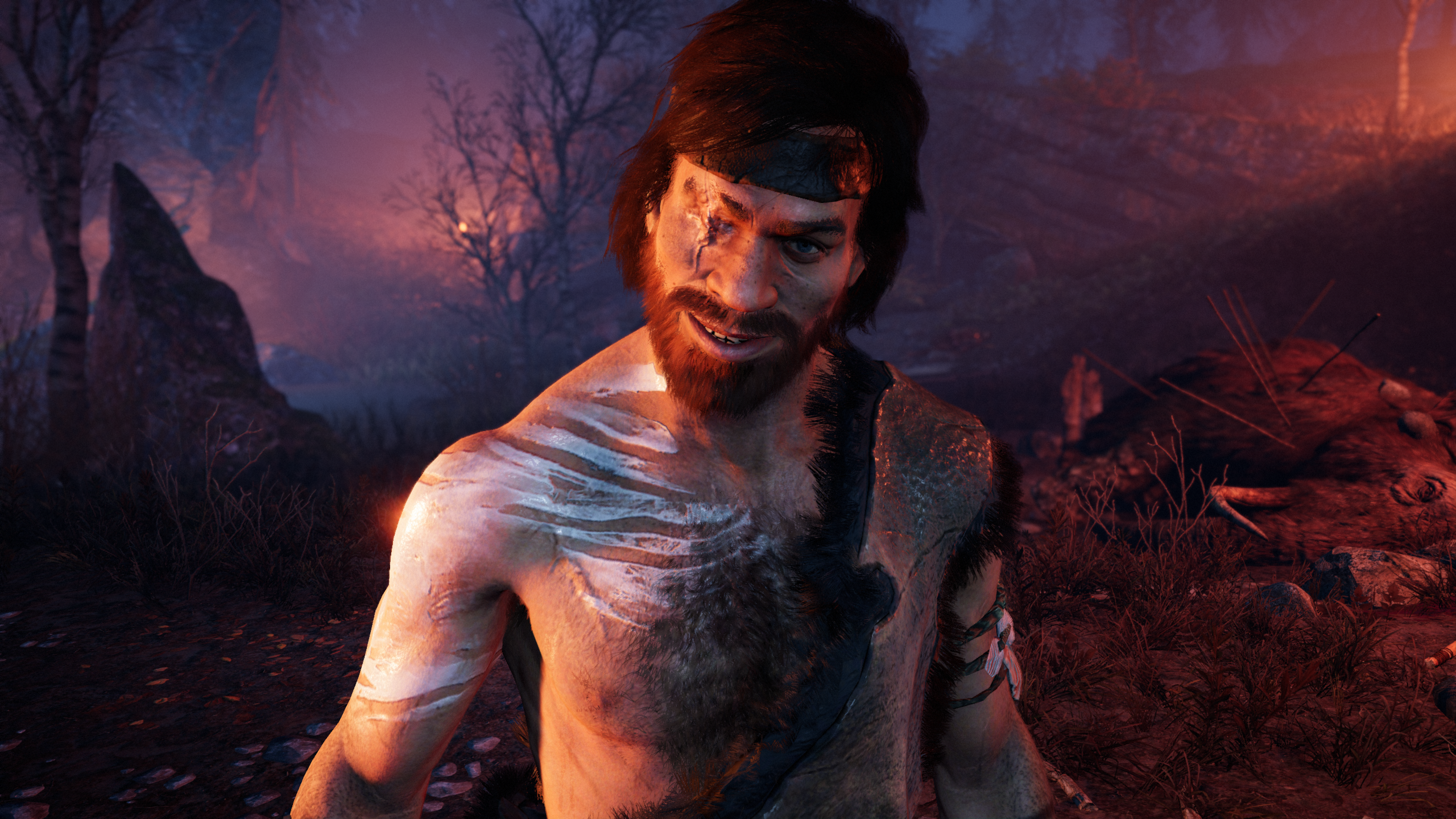
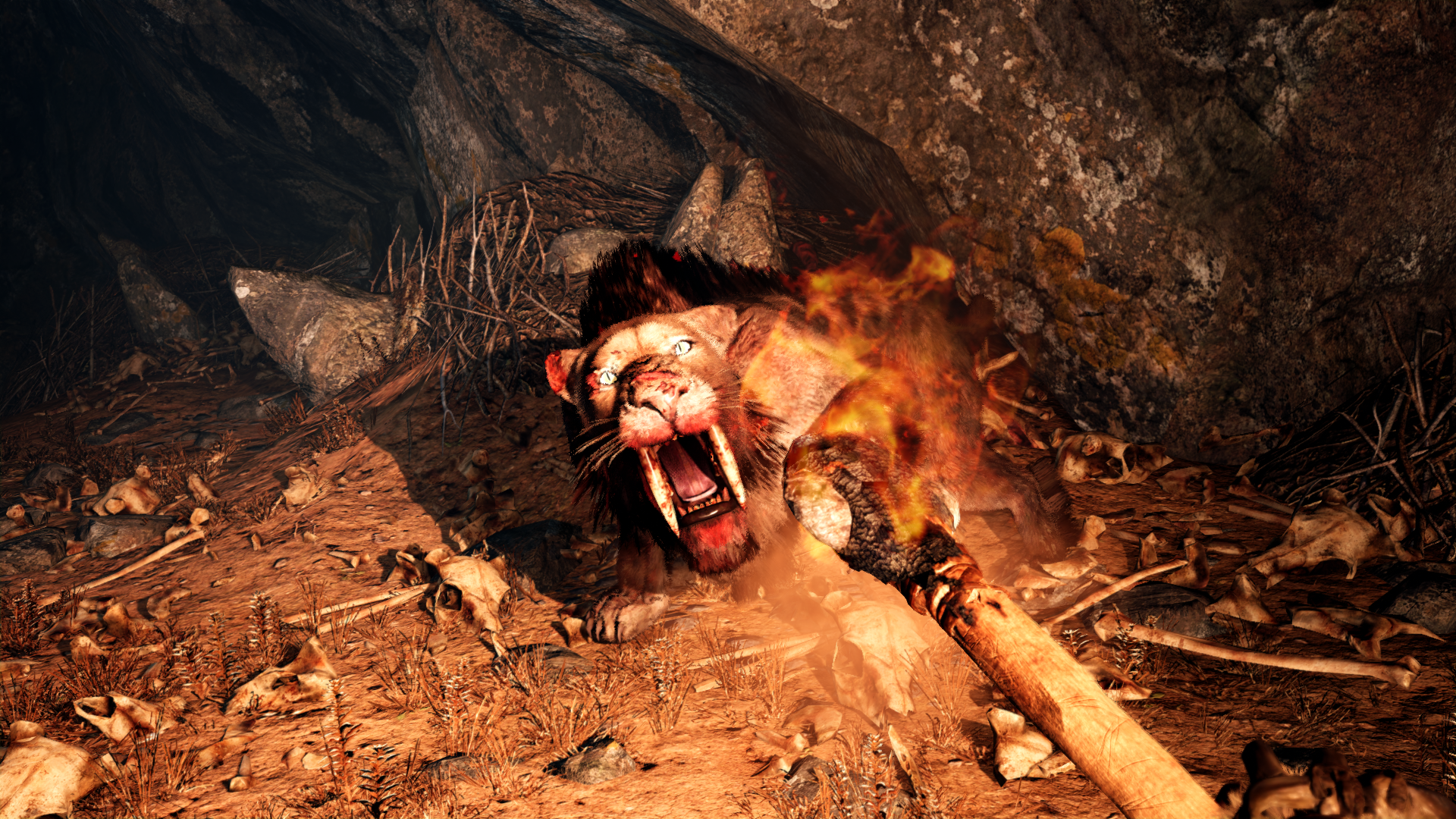
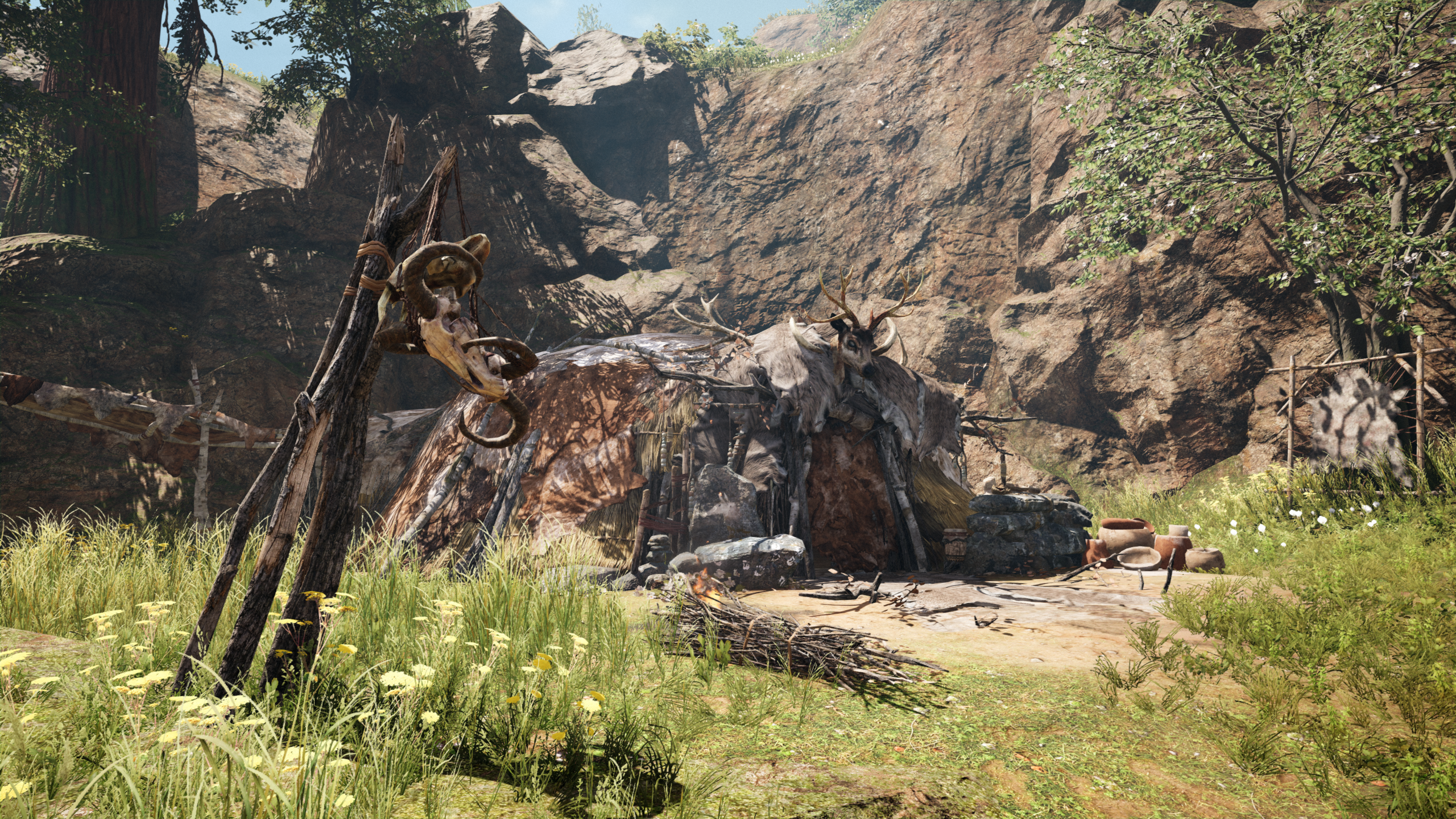
A very decent Far Cry game, but its handful of genuinely fun, original ideas are overshadowed by an overriding feeling of familiarity.
If it’s set in space, Andy will probably write about it. He loves sci-fi, adventure games, taking screenshots, Twin Peaks, weird sims, Alien: Isolation, and anything with a good story.
